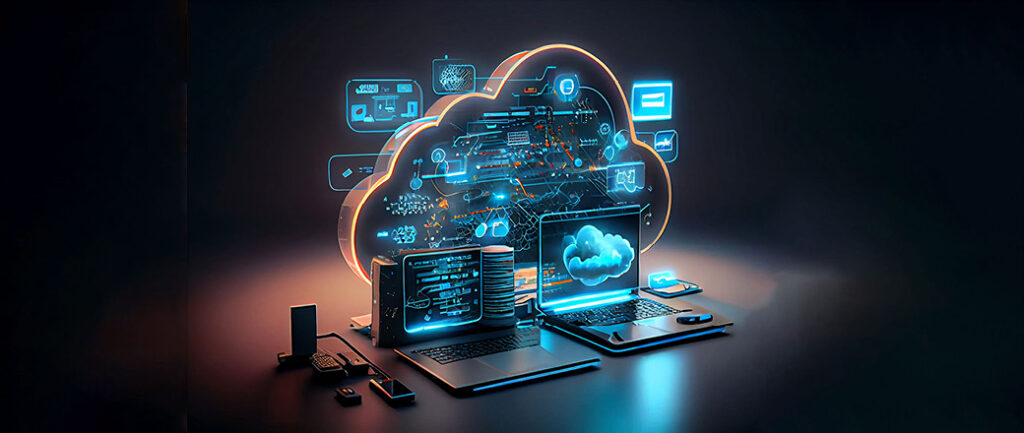This article explores TMS vs. ERP and how the transportation management capabilities in ERPs typically lack the functionality needed to manage shipment execution, logistics, and transportation. Read on, and you will quickly understand the compelling need for TMS ERP integration in your business.
Transportation Capabilities: TMS vs. ERP
Unfortunately, mainstream ERP systems have noticeable and well-documented gaps in their transportation management function. Stand-alone ERPs traditionally fail to deliver the magnitude of organizational value demonstrated with a dedicated TMS.
A dedicated TMS enhances logistics optimization, provides real-time performance dashboards, enables better decision-making, and handles numerous tasks that ERP systems cannot address. There are four main reasons why integrating a stand-alone TMS and ERP allows you to enjoy the best of both worlds.
1) TMS Accelerates Implementation to Realize ROI Faster than ERP
After ERP system selection, the average implementation can take 14-21 months, with 75% of ERP implementation projects exceeding their initial timeline. By comparison, a TMS implementation typically takes 3 to 6 months. Simply put, faster implementation translates to faster ROI across the supply chain organization.
2) TMS Provides Visibility Across the Transportation Network
A TMS ERP integration alleviates this issue by linking shipment-level updates from the TMS with data directly in the ERP. As a result, logistics teams access control tower visibility over their shipments and the ability to manage exceptions proactively.
3) TMS Achieves Unrealized Value, Cost-Savings, and ROI
Considering that the average ERP implementation costs $9,000 per user and takes between 14 – 21 months to roll out, ROI on the system is likely years away. Conversely, 89% of companies implementing a TMS system reach their break-even point between months 6 and 18.
A TMS is specifically designed for your company’s unique logistics needs by facilitating an optimized workflow for operations teams. The TMS often relies on intuitive user interfaces that transportation experts can easily understand. Still, they can be configured to align with terms that other departments within the organization can understand and relate to as well.
4) TMS Delivers Critical Transportation-Specific Functionality
Calculate your potential Saving While Using an enterprise TMS
TMS ERP Integration: The Bottom Line
In addition to reducing direct freight costs, a TMS increases customer satisfaction, improves supply chain visibility, and enhances operational efficiencies. A TMS ERP integration improves daily workflows for logistics teams and other departments that rely on accurate, real-time transportation data.
An ERP and TMS integration delivers the best technology infrastructure to leverage data from both systems. As a result, your total organization gains greater visibility to ultimately drive better, faster decisions that allow you to keep pace with modern commerce.
To learn more about the capabilities of an ERP and TMS combination, download the white paper, The Case For ERP and TMS Integration: 4 Reasons Why ERP Fails Transportation Management. Read it for research results that reveal why ERPs alone aren’t enough to manage your transportation requirements.


